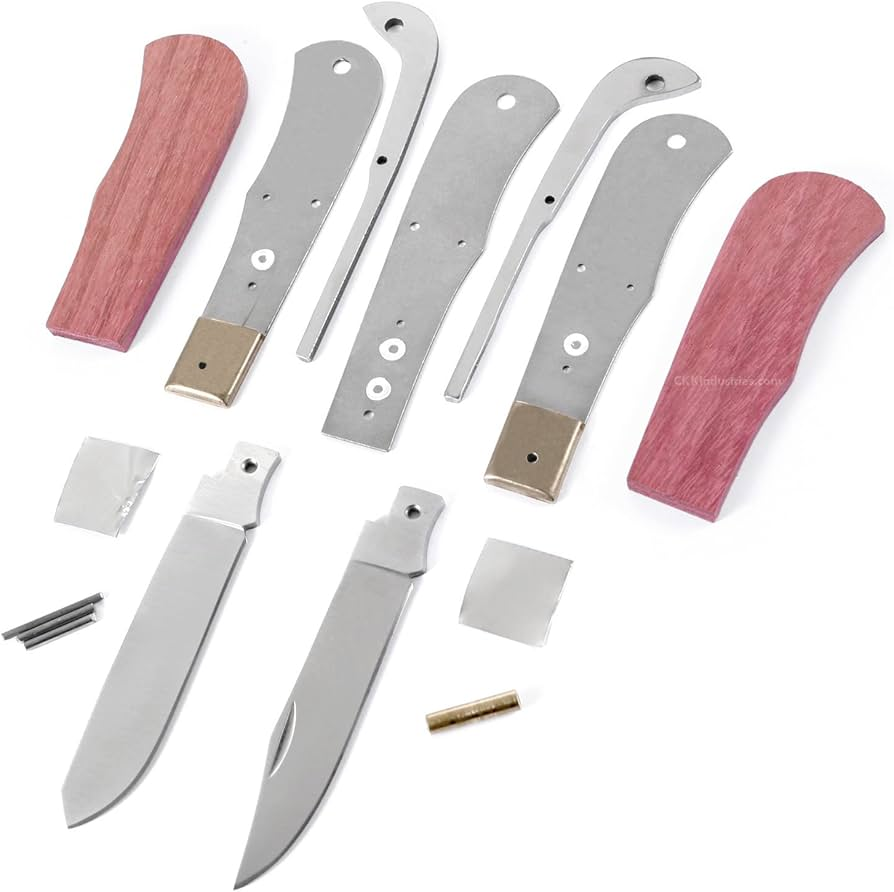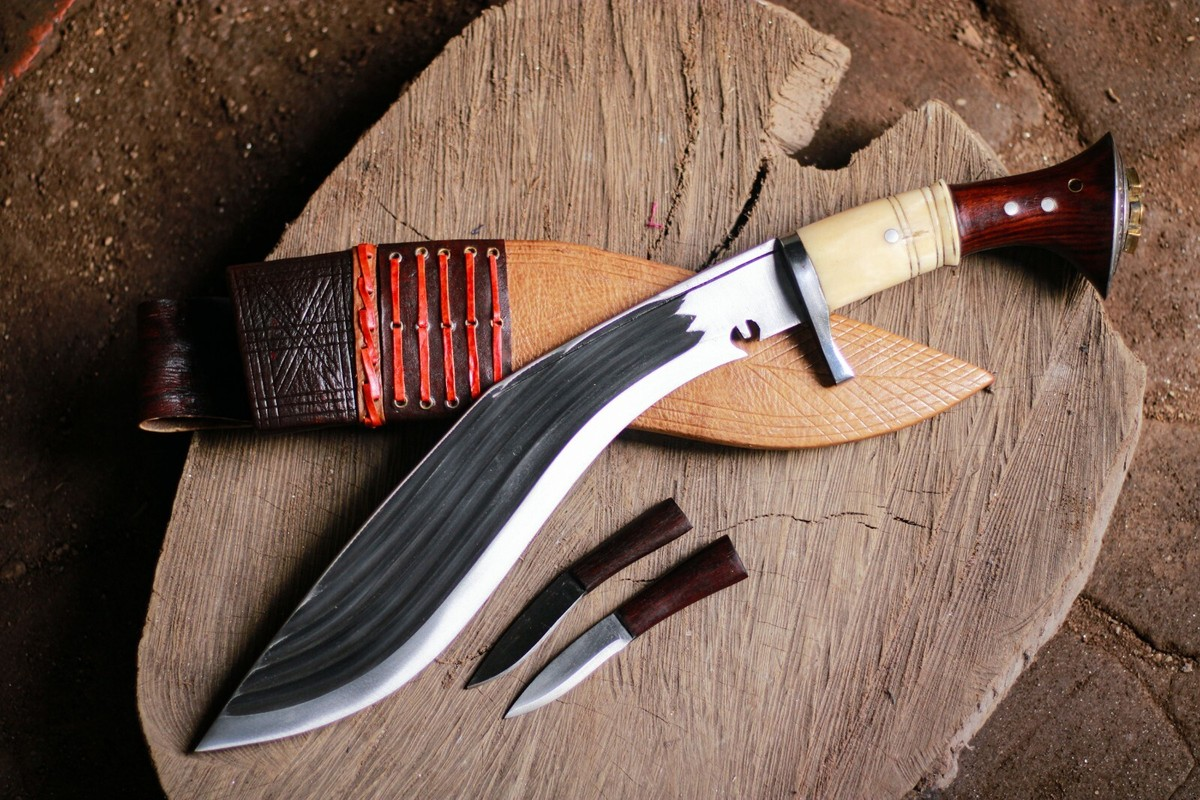Firemaking was not just a technological breakthrough; it was the moment when humanity began to master nature rather than merely adapt to it.
Since prehistoric times, fire has served as a source of heat, light, protection, and transformation of both food and materials.
This article traces the history of how our ancestors learned to make fire, from the earliest rudimentary methods to the development of the classic flint used for centuries in Europe.

The discovery of fire
Although fire has always existed in nature (through lightning or volcanic eruptions), human domestication of fire occurred some 400,000 to 1 million years ago, according to archaeological finds in Africa, Israel, and Europe. At the Gesher Benot Ya'aqov site in Israel, charred remains and stone tools were found that demonstrate its controlled use by Homo erectus .
It is essential to highlight that at the beginning, even before knowing how to create it, it was not ignored: in the first approaches, fire was preserved after finding it in nature, without yet knowing how to reproduce it.
The first methods of making fire: friction and percussion
Once the use of natural fire was mastered, the need arose to generate it artificially. This crucial advance occurred during Prehistory, especially in the Middle and Upper Paleolithic, with two main techniques: friction (with wood) and percussion (with stones).
Fire by friction: for those who are dry, effort and patience

The oldest method for starting a fire independently was by rubbing two pieces of dry wood together.
This technique, known and used by cultures around the world, consisted of generating heat by rubbing a cylindrical stick against a soft wooden base with a small cavity, rotating it between the hands vertically over the base, until producing an ember capable of igniting dry plant fibers (tinder).
These techniques required skill, dry weather conditions and good materials.
Although physically demanding, it represented a great technological leap.
Fire by percussion: the first use of stones to make sparks

Almost in parallel with the use of friction, the percussion method was developed, based on the collision of rocks.
This procedure consisted of striking a hard, brittle stone, such as flint (a very hard stone with sharp fractures, widely used in prehistory also for making tools), against another material that generated sparks.
In early times, flint was struck against iron pyrite, a mineral capable of emitting sparks when broken.
This system is based on a simple principle: the impact breaks up small metal particles, which heat up through friction and oxidation, generating incandescent sparks. These sparks are then directed toward a nest of dry tinder, such as tinder fungus (Fomes fomentarius) or bark fibers, to initiate combustion.
From the Neolithic period, and especially in the Iron Age, flint began to be struck against carbon steel, which replaced pyrite due to its greater efficiency.

From primitive use to classic flint
With the advent of metallurgy, the percussion technique evolved into the classic flint system, which was widely used from ancient times until the 19th century.
It consisted of a sharp-edged flint stone and a curved piece of carbon steel traditionally called "chispas" or "eslabones" in Spain. When the two were skillfully struck, a spark was produced that ignited the flammable material and, with a little air, could become a flame.
This method was reliable, reusable, and did not rely on external fuels, making it a very popular option in rural areas, camps, armies, and ships.
In many European villages, these lighting kits are still preserved as part of the cultural heritage.
Furthermore, their early versions have given way to survival flints: portable and practical tools with greater durability and performance than other tools designed for the same purpose: starting a fire. They have even been adapted in many cases to perform other functions, such as incorporating whistles. This makes them ideal, especially for those who regularly engage in outdoor activities.

The Fire illuminating the path of Man
From the earliest attempts to rub dry branches or stones together to the ingenious use of the classic flint, the history of fire is the story of human ingenuity in the face of natural limitations. Each technique developed—by friction or percussion—marked a fundamental technical advance that allowed for cooking, protection, illumination, and the transformation of matter.
Fire not only changed our way of life, but it paved the way for civilization.









